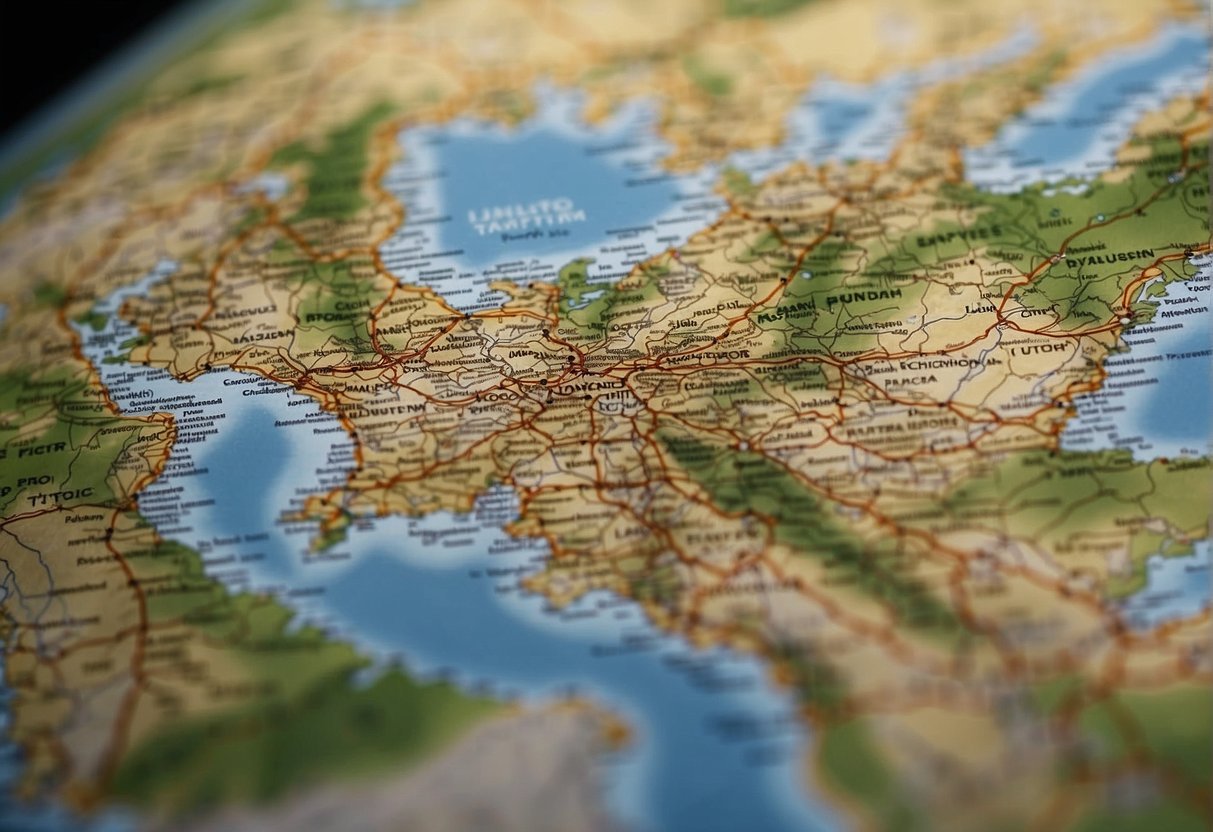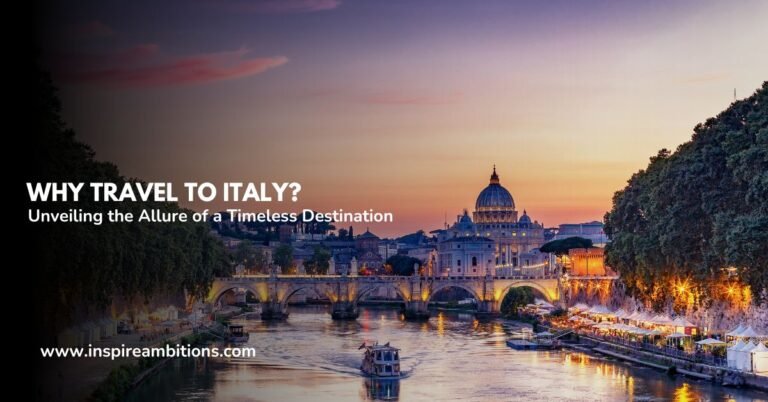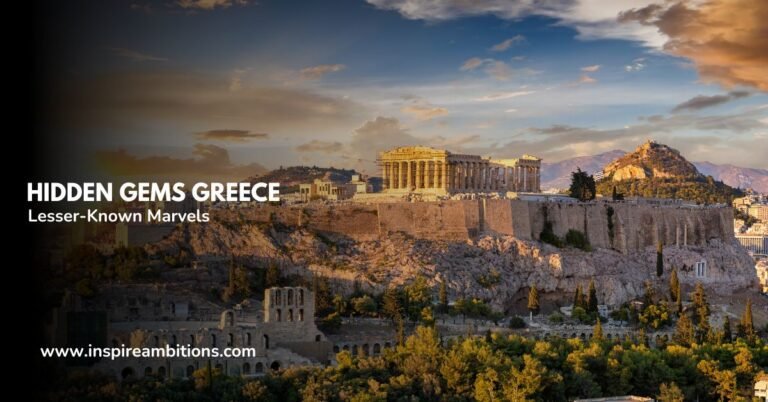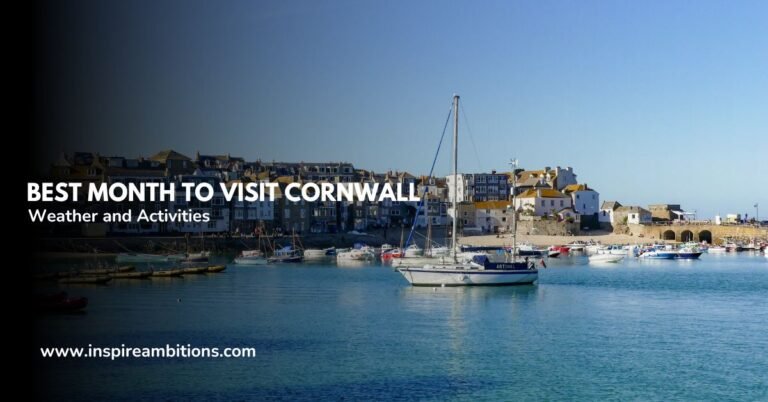Um mapa do Reino Unido? – Um guia detalhado para a geografia do Reino Unido
As the map unfolds, the intricate tapestry of the Reino Unido reveals itself, harbouring a fusion of history and modernity.
The United Kingdom, a sovereign state situated off the northwestern coast of mainland Europe, encompasses the island of Great Britain, the northeastern part of the island of Ireland, and many smaller islands.
Central to its identity are the four constituent countries: England, Scotland, Wales, and Northern Ireland, each with distinct cultural and legal systems.

Navigating through the United Kingdom’s geography unfolds its diverse landscapes, from the Scottish Highlands‘ rugged mountains to the rolling hills of the Campo inglês. The political map weaves a story of a nation that has evolved through time, encompassing major urban centres like the cosmopolitan capital, London, and other cities that are pivotal to the UK’s economic and cultural landscapes.
The nation’s topography is dotted with significant historical sites and areas of natural beauty, reflecting the deep-rooted heritage and environmental wealth that contribute to its global significance.
A Map of the United Kingdom? – Key Takeaways
- The United Kingdom consists of four countries with unique identities.
- Geographical diversity ranges from mountainous terrains to urban landmarks.
- Cultural heritage and natural beauty are quintessential to the UK’s global standing.
Geographical Layout
The United Kingdom boasts a diverse landscape characterized by various physical features, from expansive mountain ranges to intricate coastlines and significant water bodies, all pivotal in defining the region’s geography.
Major Water Bodies
The UK is enveloped by various significant bodies of water, which include the oceano Atlântico to the northwest and west, the mar do Norte to the northeast, the mar irlandês to the west of England and Scotland, and the canal inglês, which demarcates the southern boundary of the UK from continental Europe. These waters shape the UK’s climate and coastal landscapes and facilitate maritime trade.
Significant Mountain Ranges
Numerous mountain ranges mark the topography of the UK. In Escócia, o Grampian Mountains host the highest elevation point, Ben Nevis. Moving southward, the rugged landscape of the Lake District contains England’s highest peaks. Wales’ Snowdonia is renowned for its striking peaks, specifically Snowdon, the highest point in Wales—meanwhile, the Mourne Mountains grace Irlanda do Norte with their dramatic slopes.
Islands and Archipelagos
The sovereign state is composed of over 6,000 islands and islets. Major island groups include the Hebrides, situated off the west coast of Scotland; the Shetland e Orkney Islands to the northeast; the Ilhas de Scilly off the southwest coast of England; and the Ilha de Wight to the south. The Isle of Man, between England and Ireland, stands as a Crown dependency. These islands contribute to the UK’s unique geography and rich maritime heritage.
Political Structure and Demographics
In the United Kingdom, a balance of historic tradition and modern governance marks its political structure, while a diverse population characterizes its demographics.
Sistema Governamental
O Reino Unido funciona como um monarquia constitucional e um commonwealth realm. The hereditary monarch is the head of state, more ceremonial than the executive, and national government operations are conducted within a unitary parliamentary democracy. The primeiro ministro leads the government, with the seat of power located in the capital, Londres.
Population Distribution
Inglaterra, Escócia, País de Gales, e Irlanda do Norte compose the UK, each with a distinct identity and degree of autonomy. Most of the UK’s population lives in England, particularly in urban areas and the southeast. The nation boasts diverse ethnic groups, religions, and cultures. Population density varies widely, from crowded cities to sparsely populated highlands.
Major Urban Centers
The fabric of the United Kingdom is woven with a myriad of major urban centres, each vital for its economic prowess and cultural footprint. Here, we explore the beating hearts of the UK’s nations and its most lauded historical and cultural hubs.
Capitals and Key Cities
- Londres: The capital city, known for being the economic, political, and cultural epicentre of the UK, it’s not only one of the largest cities but also a global hub.
- Edimburgo: Scotland’s proud capital, boasting a rich tapestry of history and famed for its annual cultural festivals.
- Cardife: A vibrant cultural scene characterizes the Welsh capital, coupled with an evolving waterfront.
- Belfast: The capital of Northern Ireland, a city steeped in historical significance and rejuvenation.
Other Notable Cities:
- Manchester and Liverpool: Both cities have a rich industrial heritage and remain iconic for music and sports.
- Glasgow: Scotland’s largest city and a powerhouse of culture and architecture.
- Birmingham: Often referred to as the UK’s “second city,” it’s a leader in commerce and industry.
Historical and Cultural Centres
- Oxford e Cambridge: These cities are revered worldwide for their universities and have been intellectual hubs for centuries.
- Banho: Known for its Georgian architecture and Roman heritage.
- Stratford-upon-Avon: The birthplace of Shakespeare, a must-visit for literary enthusiasts.
- Canterbury: Home to the eminent Canterbury Cathedral, a pivotal historic and religious site.
Cultural Hotspots:
- Bristol: This city is at the forefront of art, music, and film.
- Brighton: A seaside treasure with a bohemian spirit.
- Leicester: Host to a diverse cultural dynamic and storied history.
These centres are the UK’s lifeblood, pushing innovation boundaries while preserving their storied pasts and traditions. Each offers a unique experience, whether you’re indulging in their contemporary offerings or exploring their historic streets.
Cultural and Natural Heritage
The United Kingdom boasts a rich tapestry of cultural and natural heritage that reflects its complex history and diverse landscapes. From the languages spoken to the iconic landmarks, each aspect tells a story of a past that has shaped the present.
Languages and Ethnicities
The UK is home to various languages e ethnicities, mirroring its historical Celtic and Anglo-Saxon roots. You’ll encounter Inglês as the predominant language, while Welsh thrives in Wales, with its own cultural identity and pride.
In Scotland, Scottish Gaelic represents an essential link to the country’s history despite its lesser prevalence today. Irish Gaelic, although mainly confined to Ireland, has historical roots in parts of the Northern UK, and ties to traditions persist.
Marcos famosos
Venture through the UK, and you’ll find landmarks that have stood the test of time, from Scotland’s mysterious Loch Ness to the imposing Ben Nevis, the highest mountain in the British Isles. País de Gales offers a distinct language and Colinas that call to be explored. Navigate toward the Celtic Sea for breathtaking coastal views.
And while you traverse this assorted landscape, the Union Flag waves amid it all—a symbol stitching together England, Scotland, and Wales. The British Pound, a robust currency still defying the Euro norm, is another hallmark of the nation’s unique identity.
Remember, as you travel, each place you discover contributes to the United Kingdom’s cultural and natural heritage—one that has been continuously enriched over centuries.






